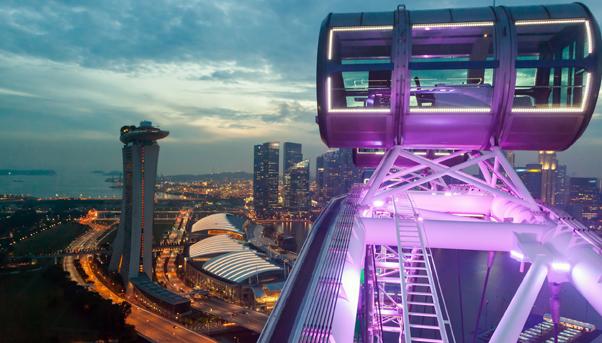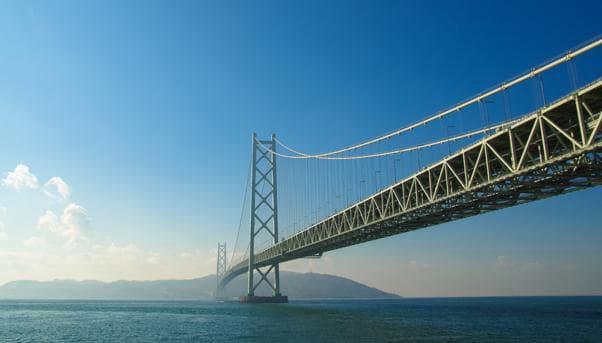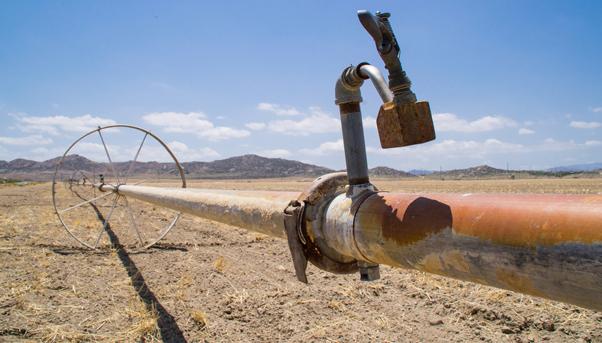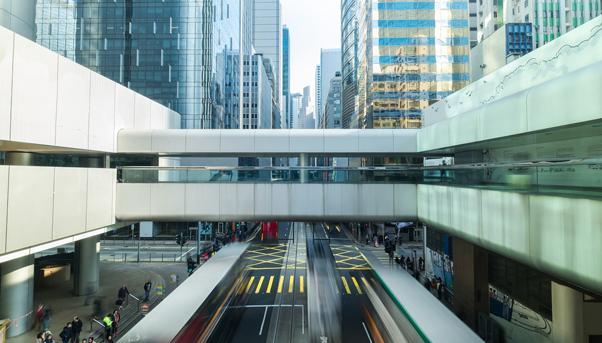
Urban mobility and industrial clusters; efficient international organizations and flexible regulations; private management and public intervention: these are the challenges faced by the world of infrastructure. If it is true that $57 trillion are needed to bridge the infrastructure gap and modernize existing public works, as analysts contend, then it is just as true that these monies will follow the latest trends in the sector. In a 2015 report, KPMG identifies 10 of them that it sees emerging in the next five years.
1. Governments Come to Play
Infrastructure investment as a catalyst for development has become a policy issue for governments. The turning point occurred in Brisbane, Australia in 2014 when G20 country members agreed to create a Global Infrastructure Hub, an international structure dedicated to earmarking trillions of dollars for infrastructure. Many governments have since announced plans to bridge their infrastructure deficit by accelerating the process of assigning projects and encouraging the entry of private capital.
2. Reducing Risk
Political and regulatory uncertainties are becoming a greater risk for big companies involved in public works. They have become increasingly concerned as a number of unforeseen events like electoral upsets have blocked many projects. One such case was the Navi Mumbai international airport in India. There has also been a shift in regulatory attitude to favor the consumer over the investor. These two issues call for a vision that is more long-term.

3. Market Reform
Governments are changing market structures to encourage investment and improve efficiency. Two examples are changes to Japan’s electricity market and reform to the United Kingdom’s water sector. What governments must do is show investors that the regulatory system will remain stable as well as ensure that consumer protection measures do not discourage investment.
4. Multilateral and Development Banks
International financial institutions and development banks will play a more decisive role in public works, especially in developing countries. KPMG analysts have observed a significant shift in the operating models of many of these institutions, including the Asian Development Bank. In the coming years, they will be measuring their respective performances by the number of private investors that they can encourage to support public works. This trend could lead to an epochal change in the sector.
5. Megaprojects and the Battle for Talent
As megaprojects become more complex, so does the demand for talent to carry them out.
Many of these projects have been delayed or suspended because engineers have had difficulty doing them. Some projects have had difficulty raising financing, while others have been stuck in bureaucracy. The talent required to complete a megaproject has a lot to do with experience. As many engineers enter retirement, the search for their successors becomes fiercer.

6. Depoliticizing Infrastructure
Governments are working on taking the politics out of infrastructure planning for the benefit of future generations. They want decisions to be made for the long – rather than the short – term. Although economic infrastructure can give a boost to the economy, social infrastructure is also required to help take people out of poverty. An ageing population is another example: retirees will need more services as they become less able to care for themselves.
7. Aiming for Better Performance
Governments are interested in getting more private investors involved in the construction and management of public infrastructure. Privatized assets have proven to be better performers in terms of efficiency, cost and quality of service than those overseen by public entities. They also help governments reduce the amount of money they have to invest in projects, allowing them to put it to use elsewhere.

8. Securing Natural Resources
Infrastructure and natural resources are profoundly linked. Without the first, it is nearly impossible to access the second. Securing resources and being able to extract them is a big issue for many countries. Take a look at water scarcity that afflicts parts of the United States like California. There is also the case of Las Vegas, which came up with a solution to confront the problem of a dwindling Lake Mead.
9. Going Global
Although infrastructure remains a local matter, its investors and builders are going global. They are looking beyond their domestic markets because they cannot find enough projects in which to put their money or they face too much competition to win the tenders to build them. So they are looking at emerging markets where more opportunities can be found. Concession operators are following close behind, vying for contracts to run everything from roads to railways to airports.
10. Focus on Urban Mobility
Cities are undergoing great change and their growth requires continuous investment in their infrastructure – mobility in particular.
Not only does it facilitate the movement of goods and people, but it also gives the poor access to education, jobs and social services since they invariably live in the periphery. Greater opportunities for the poor will enable them to contribute to a city’s growth, creating a virtuous cycle.

